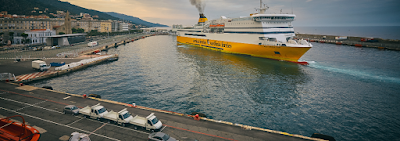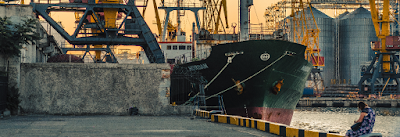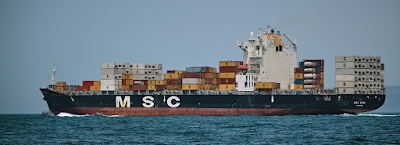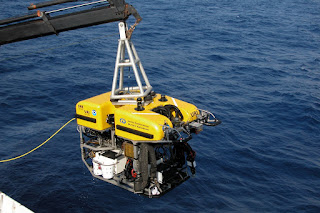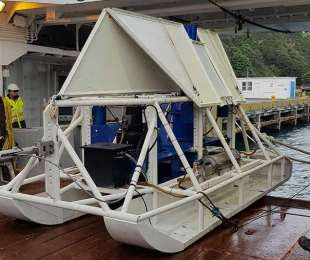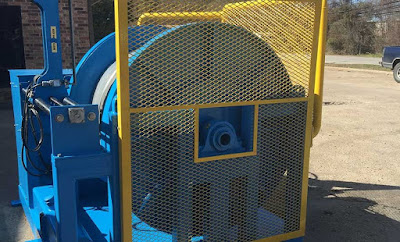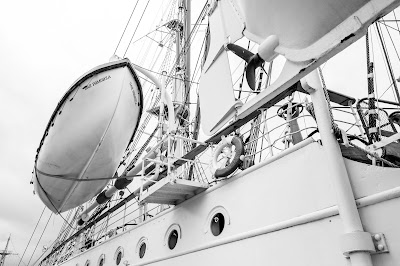With hundreds of satisfied customers around the world, the Okeanus Acoustic Doppler Current Profiler (ADCP) is proven to be highly capable and versatile in oceanography. Whether you may want to use in hydrology, oceanography, or in harbor monitoring the Okeanus acoustic Doppler current profiler configuration fits every need. Once in a carrier, one should explore the capabilities of Okeanus acoustic Doppler current profiler. These diverse instruments are appropriate for a multitude of application, especially ranging from very shallow estuaries to long-range current profiling in the ocean. This ocean survey equipment is boon to mankind which is self-sufficient to protect their territories.
To study the ocean bed through all angles you can take help of this ocean survey equipment. Some of them are Acoustic Doppler Current Profiler, Acoustic Release Systems, Conductivity Depth and Temperature Sensors (CTD) and oceanographic winch. To get access to this equipment one can buy them or can go for a rental solution. Okeanus offers offshore rental equipment under the rental program.
A rental solution for acoustic Doppler current profiler
The list of Okeanus offshore rental equipment includes acoustic Doppler current profiler. It is used for measuring the speed of the water current in an entire water column. It is anchored on the seafloor horizontally to measure the current profiles from shore to shore and also can be mounted to the bottoms of the ships to take the constant current measurements as the boat moves. At some places where the ocean is deep, they can be lowered down with the help of cables.
An ideal acoustic Doppler current profiler comes with some standard features such as,
- 0.25, 0.5 and 1.0-Mhz models.
- Up to 180m profiling, ranges can be done.
- GPS inputs and bottom tracking.
- Compass and 2-Axis tilt sensor.
- ADCP software.
- Low power consumption.
- Temperature sensor.
It basically works on a principle called Doppler Effect where it can measure the water current with sound waves because sound waves have high frequency or pitch when it moves towards you than when it moves away. As the sound waves travel, they reflect back to the instrument which is used for measuring the current speed.
In need of offshore rental equipment Okeanus provide the service under its rental program. This rental program allows you to get the offshore and marine oceanographic rental equipment for short or long term projects on daily, weekly, monthly or annual basis. Ocean rental programs come with personal assistance of a pro technician who persistently advises rental services and provides maintenance support till the program is active.
The rental program sounds much better
Offshore Rental Equipment is quite advantageous in surveying the ocean beds because it saves cost and sounds perfect for small budget projects where money is the concern. It is a cost-effective program. On top of that, it minimizes the downtime and speed-up the project and saves ample time. Also choosing the rental program comes with operational and manufacturer support. All the offshore rental equipment offered by Okeanus is highly durable and long-lasting products.



